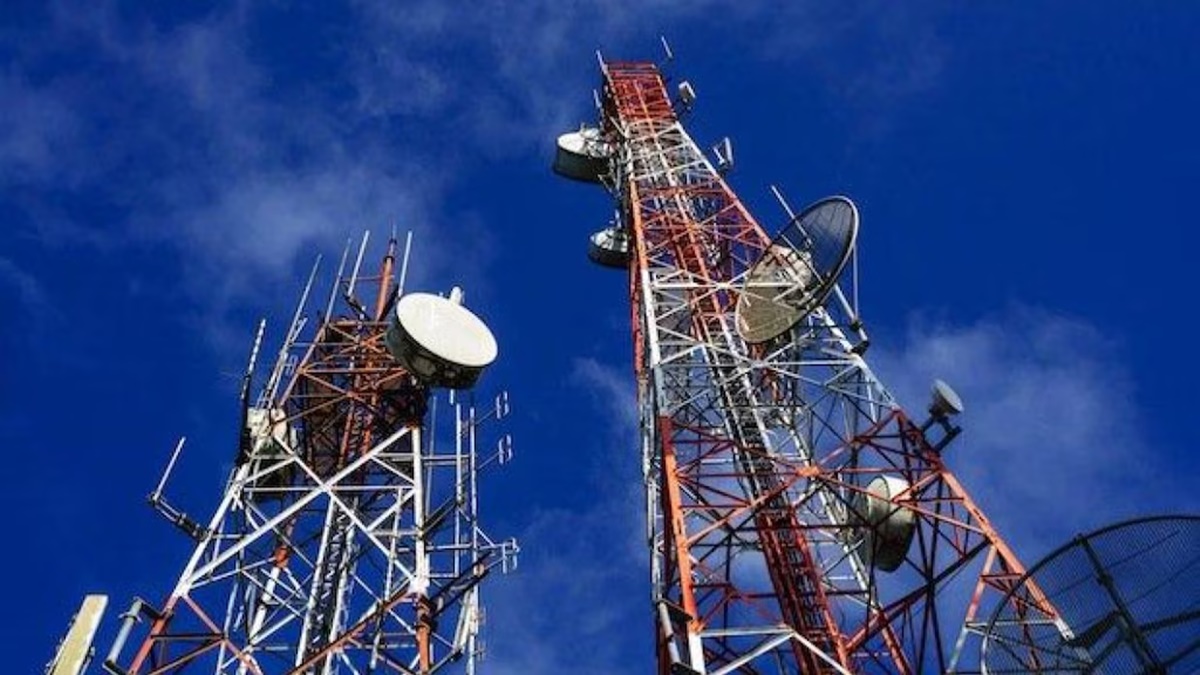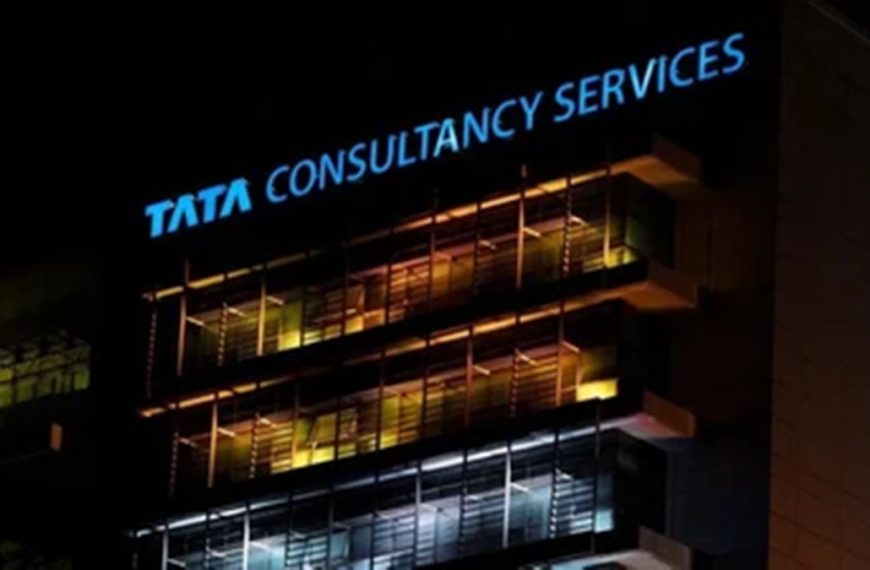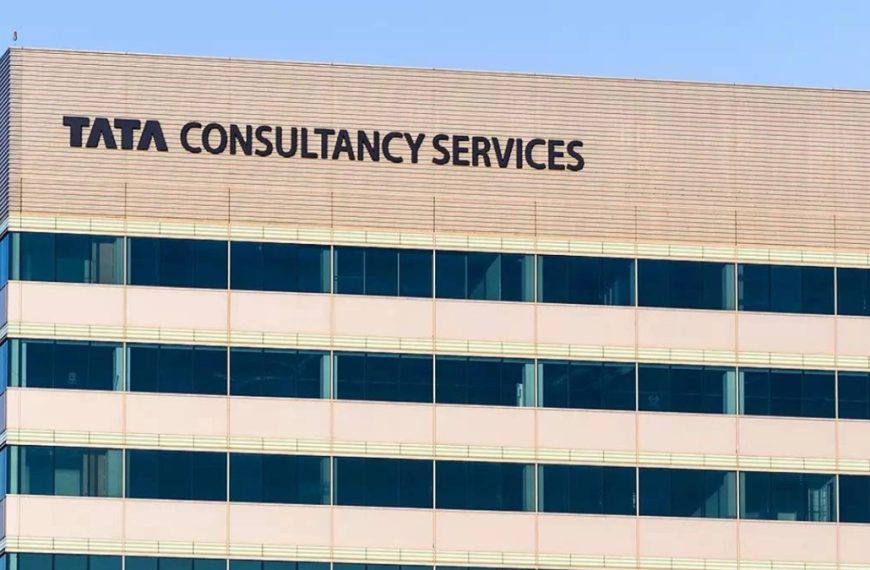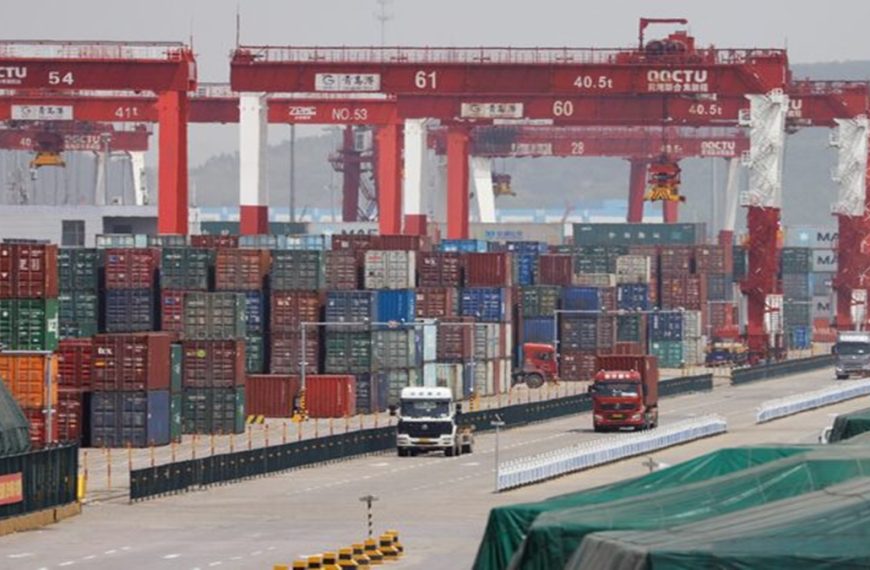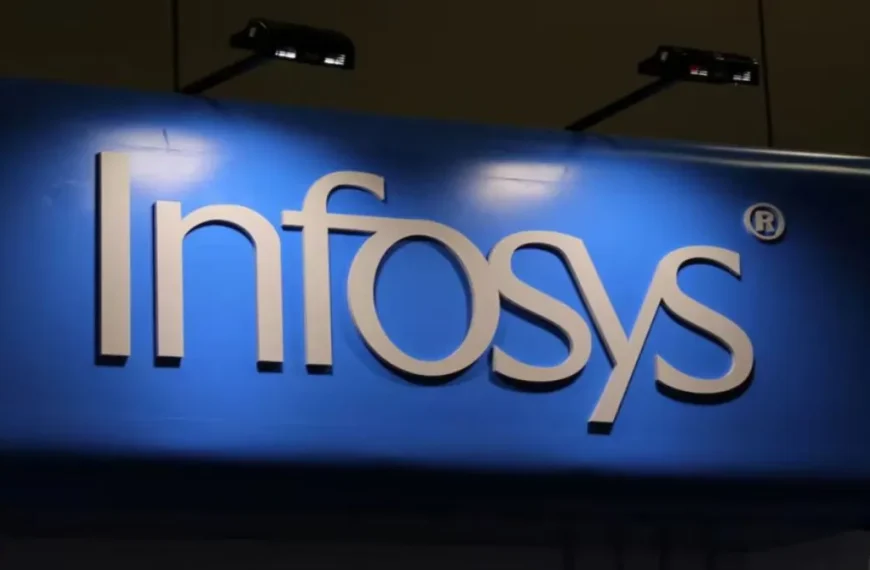India’s telecommunications landscape is on the brink of a significant shift as the country’s telecom regulator prepares to propose a limited-time allocation of satellite broadband spectrum. This move, aimed at fostering initial market adoption, diverges from Elon Musk’s Starlink, which has sought a lengthy 20-year permit. A senior government official revealed that the Telecom Regulatory Authority of India (TRAI) is actively developing recommendations for the federal government that will cover both the duration and cost of the satellite spectrum.
Regulatory Developments in Satellite Spectrum Allocation
In a recent twist, Elon Musk and Indian business magnate Mukesh Ambani have joined forces. Their partnership will enable Starlink’s devices to be sold through Ambani’s Reliance stores, significantly expanding their distribution network. This collaboration comes after a competitive history, where Ambani’s telecommunications arm unsuccessfully pushed for spectrum auctions while Starlink advocated for administrative allotments.
- Starlink’s Proposal: Seeking a 20-year spectrum allocation to support sustainable pricing and long-term planning.
- Ambani’s Request: Advocated for a 3-year term, with a reassessment of the market at that time.
- Airtel’s Position: Another player, Bharti Airtel, also favors a short-term license of 3-5 years.
TRAI’s Recommendations and Market Implications
The TRAI’s inclination is to favor a reduced license duration of approximately 5 years, allowing for an early evaluation of market dynamics. This decision, shared by an anonymous government source, aims to monitor sector growth effectively.
- Market Stability: The shorter license period will enable adjustments to spectrum pricing based on market evolution.
- Industry Insights: An insider noted that this strategy will provide New Delhi with the flexibility to re-evaluate pricing structures after the initial five years.
Next Steps in the Regulatory Process
The TRAI is expected to finalize its recommendations regarding the license duration and per megahertz pricing within a month, after which these will be forwarded to India’s telecom ministry. Although Musk’s agreements with Reliance and Airtel hinge on securing necessary regulatory approvals, these discussions gained momentum following a meeting between Prime Minister Narendra Modi and Musk in Washington, where they explored various topics, including technology and innovation.
Competitive Landscape and Market Growth
Ambani is particularly concerned that his telecom ventures, which recently invested $19 billion in airwave auctions, could face stiff competition from Starlink, potentially losing broadband and even voice clients. According to a government official, the pricing for satellite spectrum will be significantly lower than that of traditional telecom licenses, which typically span 20 years.
Looking ahead, industry experts, including those from KPMG, project that India’s satellite communication market will expand more than tenfold, reaching an impressive $25 billion by 2028.
This evolving landscape underscores the dynamic interplay between traditional telecom providers and emerging satellite broadband technologies, promising a transformative impact on how connectivity is delivered across India.

